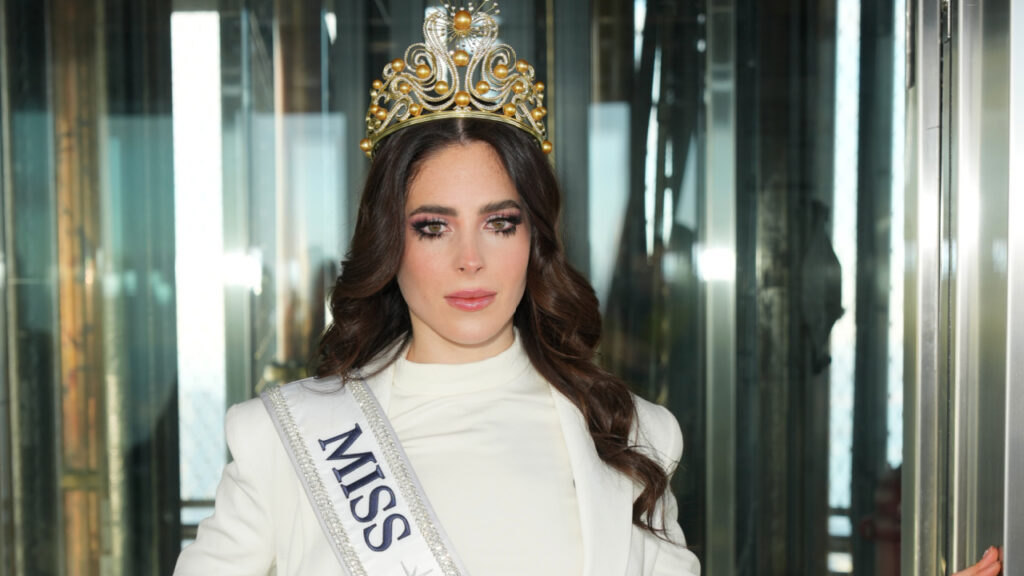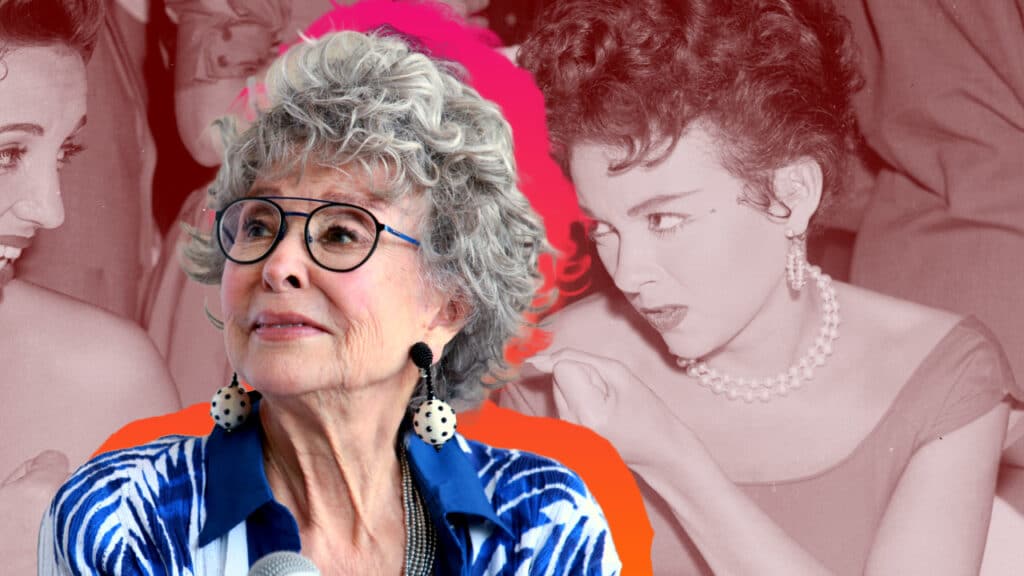Salma Hayek Joins Madonna on Stage As Frida Kahlo in Mexico in a Rendition of ‘Vogue’ for the History Books
In the 1990s, two women forever changed pop culture history. While Madonna was building the bridge between the LGBTQ+ community and the mainstream with “Vogue,” a young Mexican woman named Salma Hayek was conquering Hollywood.
Now, more than thirty years later, the two iconic women met on stage at the Palacio De Los Deportes in Mexico to close Madonna’s Celebration Tour.
And they did it in style.
Salma Hayek dresses up again as Frida Kahlo with the OG Kahlo stan
Dressed in an ensemble inspired by her role as Frida Kahlo, Salma Hayek joined Madonna last Friday to perform “Vogue.” Hayek became the vogueing judge for the tour’s dancers, dressed in her role in the biopic “Frida” (2002).
Madonna invited Hayek to the stage. They gave each other a long hug and then “rated” their dancers while “Vogue” was playing. The competition included one of Madonna’s daughters, Estere, whom Salma rated with a 10.
Friday’s show was the last in a series of five concerts Madonna gave to her fans in Mexico. It is also the penultimate in her tour, which will culminate with a free concert on May 4 at Copacabana Beach in Rio de Janeiro, Brazil.
Frida Kahlo unites two powerful women decades later
By 2002, Salma Hayek had already made a name for herself in Hollywood with films such as “Desperado” (1995) and “From Dusk Till Dawn” (1996). However, her worldwide recognition came when she stepped into the shoes of the iconic Mexican surrealist painter Frida Kahlo for the film “Frida” (2002).
Adapted by Julie Taymor, the film was one of the most professionally demanding for Hayek. “Some people see only pain,” Hayek said about Kahlo’s work. “But I also see irony and humor. She was a fighter. Many things could have diminished her spirit, like the accident or Diego’s infidelities. But she wasn’t crushed by anything.”
However, few know that there was someone else behind Kahlo’s role
For years, Madonna only considered herself a fan of one person: Frida Kahlo. In fact, many attribute her thick-browed aesthetic to her devotion to the artist. By the time “Frida” hit theaters, the “Vogue” singer had long wanted to produce her own biopic project of the artist.
“She wanted to do a Frida film and gave up on it,” Hayek said in an interview with The Blade. “But because she was interested early on, and everyone wanted to know what Madonna was doing, it gave attention to Frida and our film. It helped.”
Madonna’s devotion to Frida Kahlo doesn’t seem to wane with age
Madonna, a Detroit native, grew up surrounded by Kahlo’s ghost — and rightly so. In 1932, after a tour of the Soviet Union, Diego Rivera arrived with Frida in the financially depressed city to paint a massive mural for the Detroit Institute of Arts (DIA).
For Madonna, the Mexican artist’s warrior spirit and resilience became a decades-long idyll. In fact, the singer, an avid collector of works of art, owns the 1932 piece “My Birth,” which she guards with great zeal.
“As you know, I have a great history, a long history with Mexico,” Madonna told her audience at El Palacio De Los Deportes on Friday. “When I was a girl, I discovered Frida Kahlo. I went to the only museum that existed in Detroit. And there were Diego Rivera murals everywhere. But to be honest, I was more interested in a small picture in a corner, of a beautiful woman with her hair gathered in braids and intense eyes.”
She had reportedly met with the Kahlo family at their home in the city neighborhood of El Pedregal earlier that week
She said that, as she got to know a little more about the Mexican painter’s life, she considered her “my soul mate, my inner muse, mother, spiritual animal, everything.”
For the singer, Mexico also has a special place in her heart for other reasons.
“The first time I came to Mexico was to find medicine and cures, something to save my friends who were dying of AIDS because people didn’t care. That’s when I said I was going to fight for the rights of people who don’t have a voice until the day I die,” Madonna told the audience.




